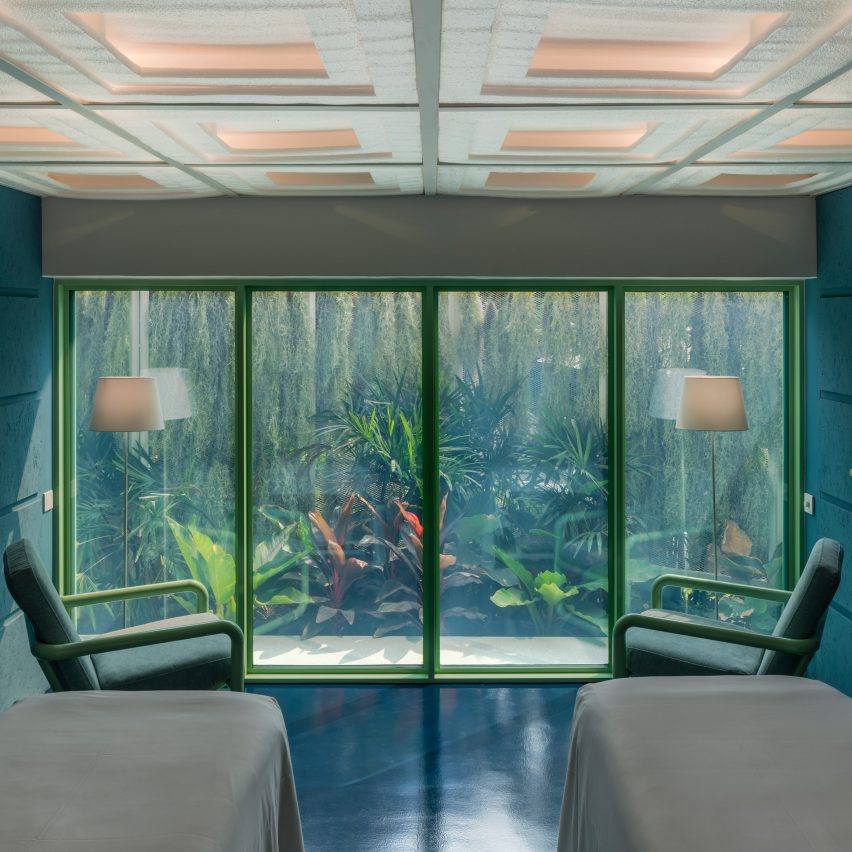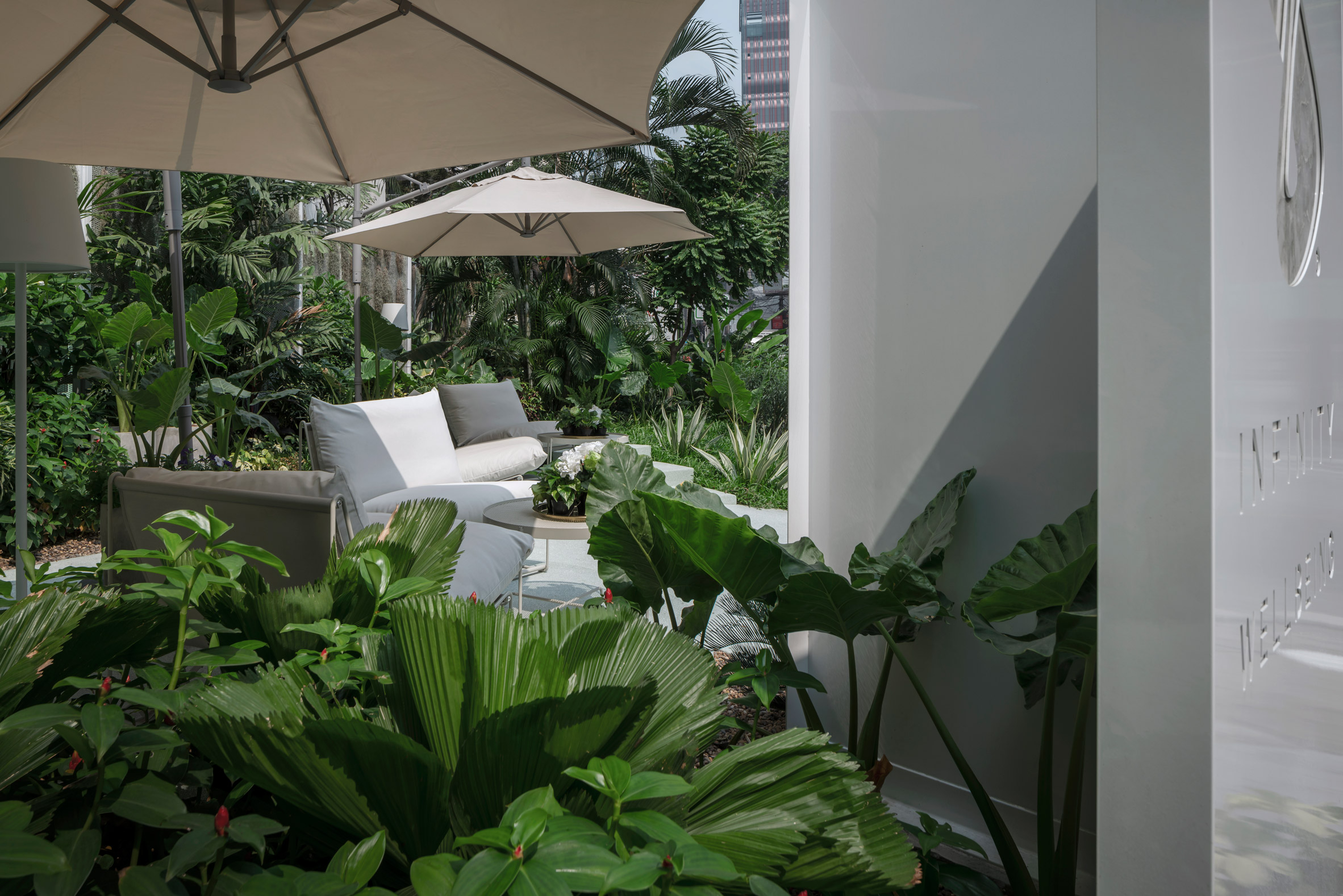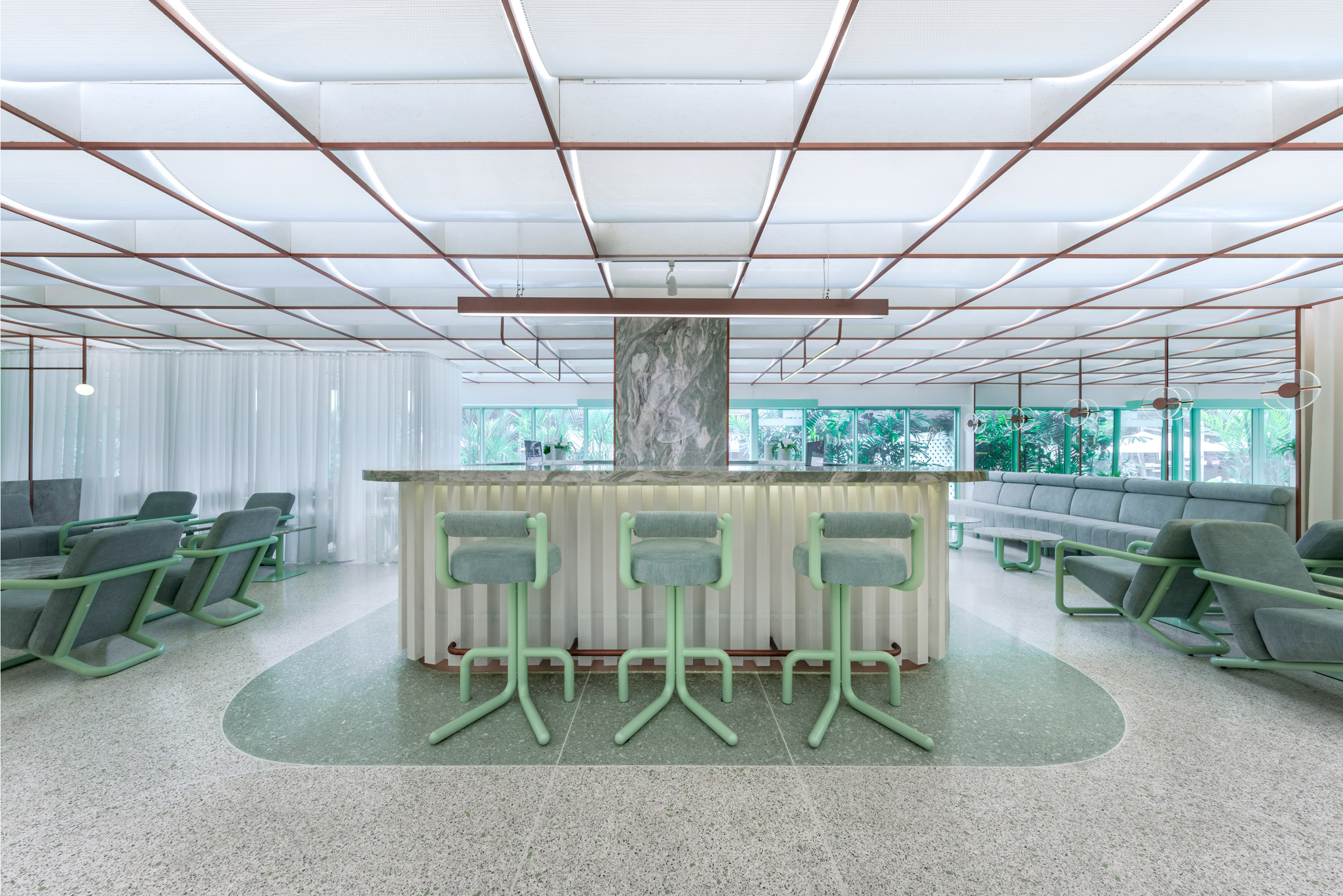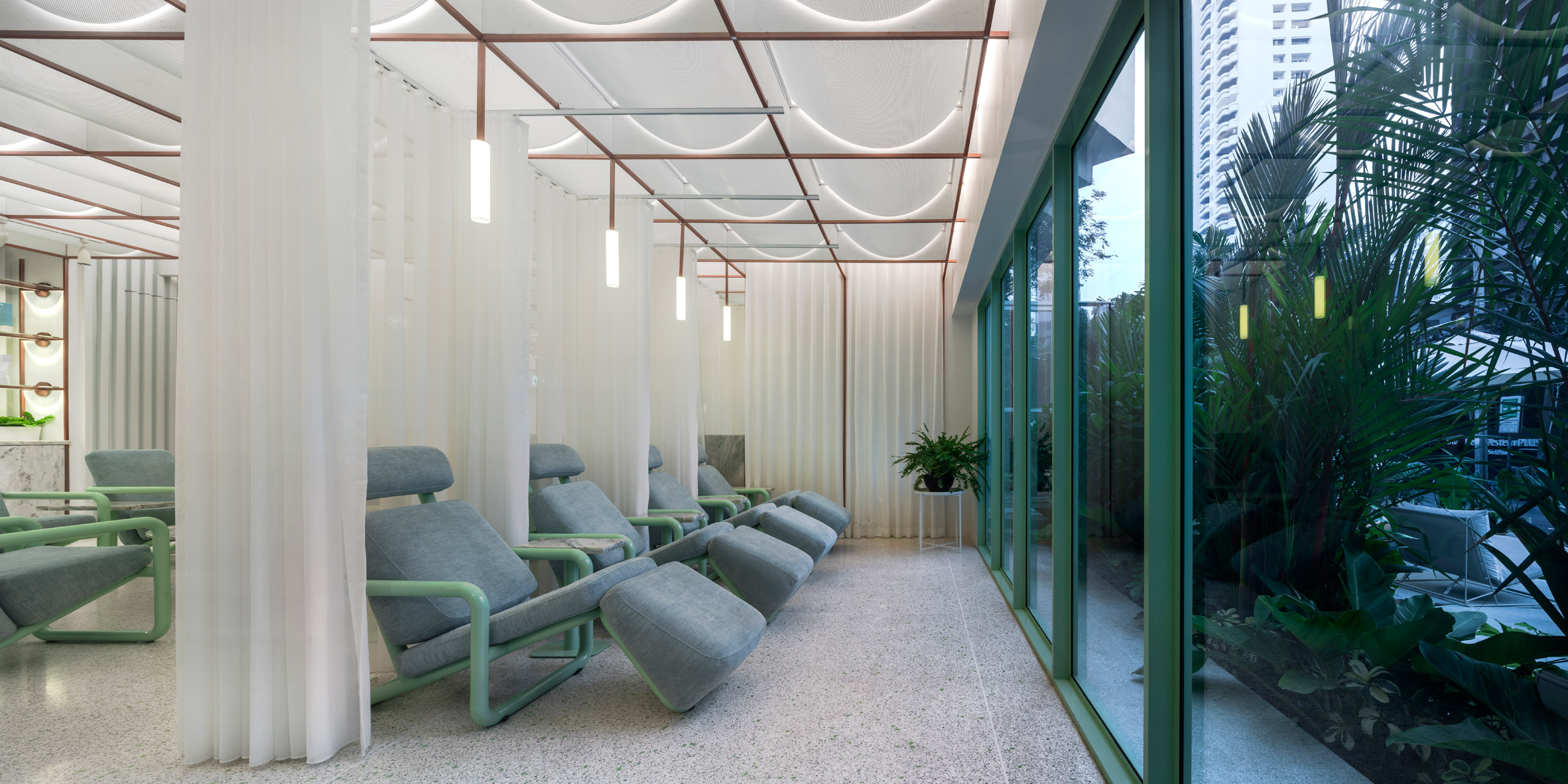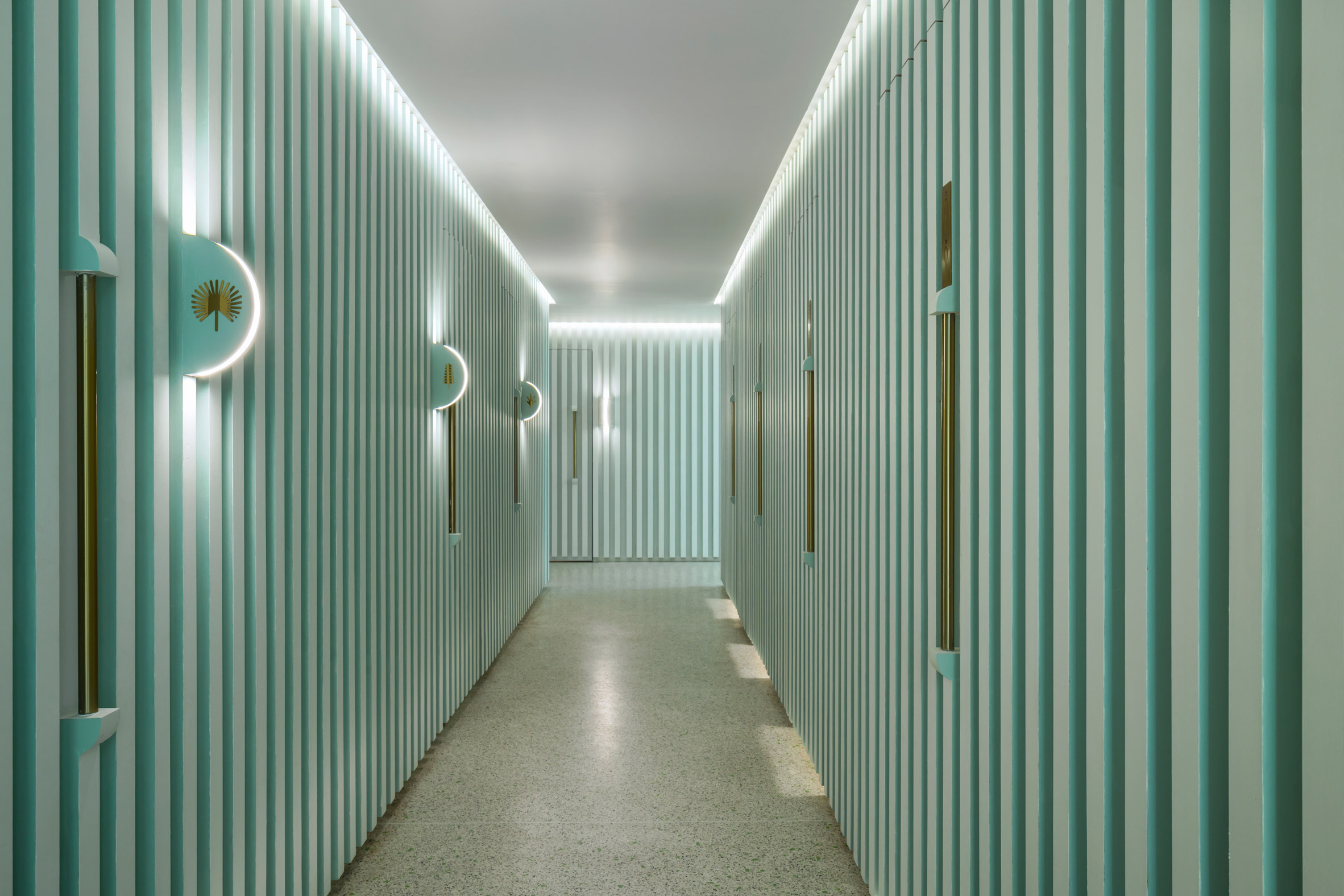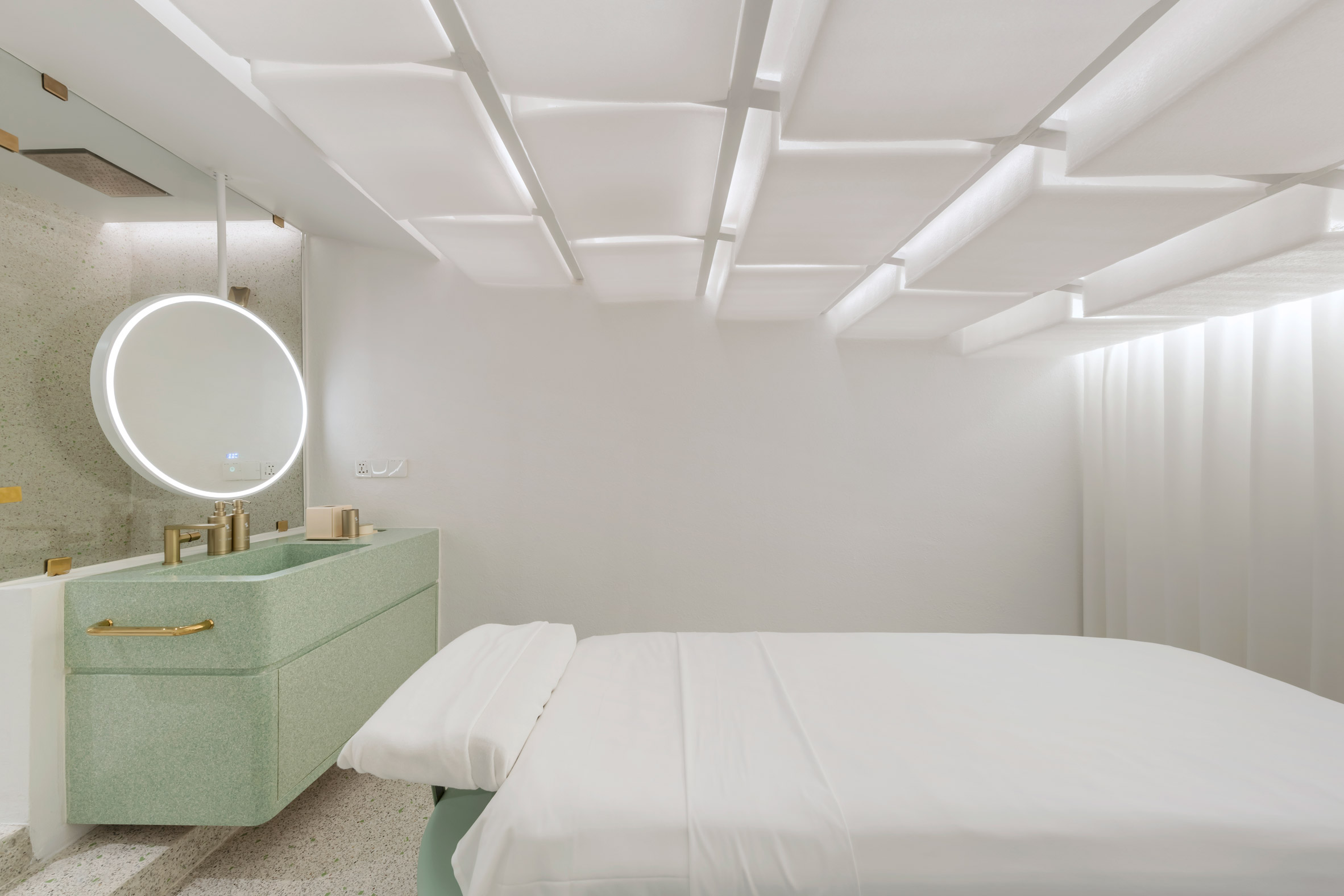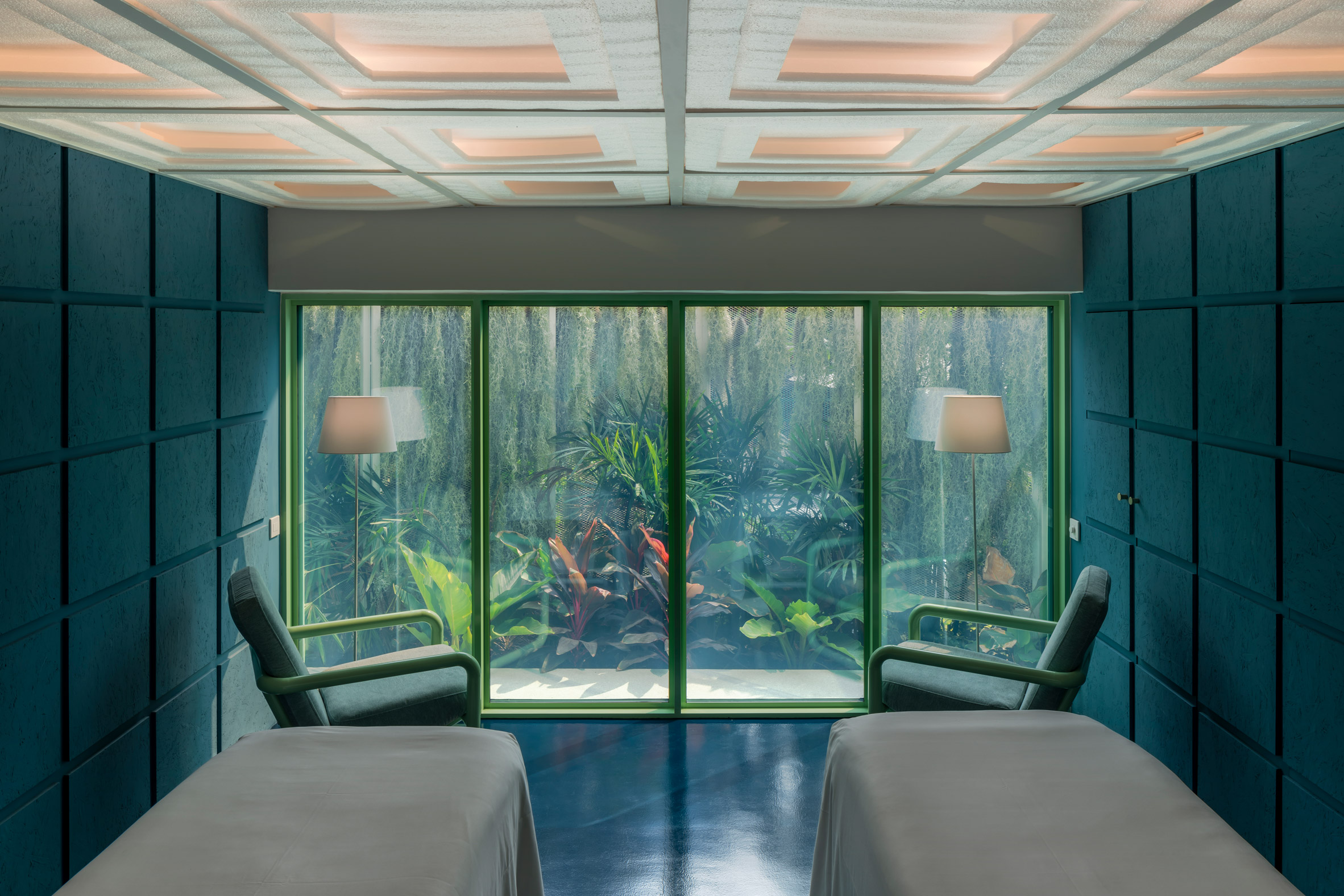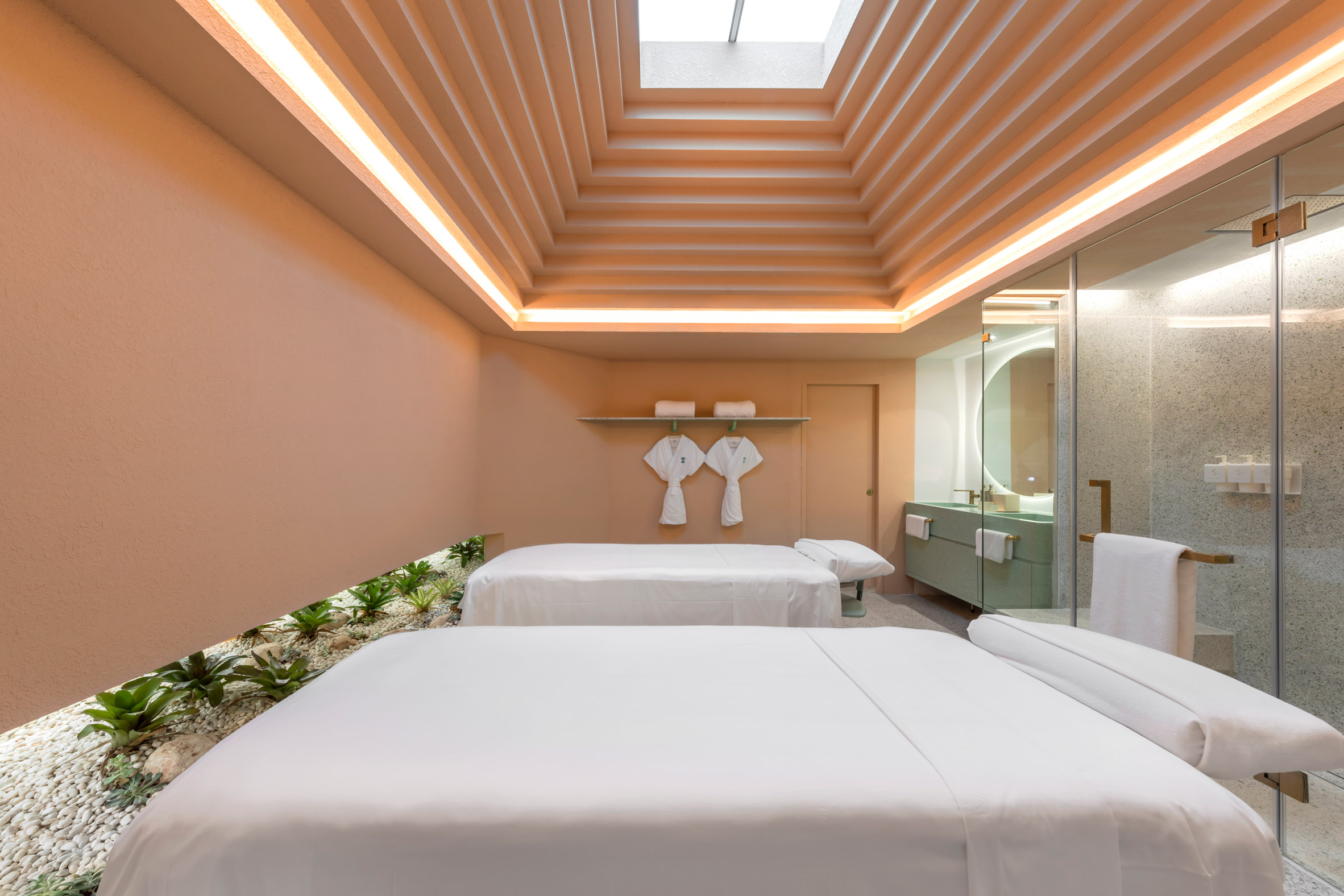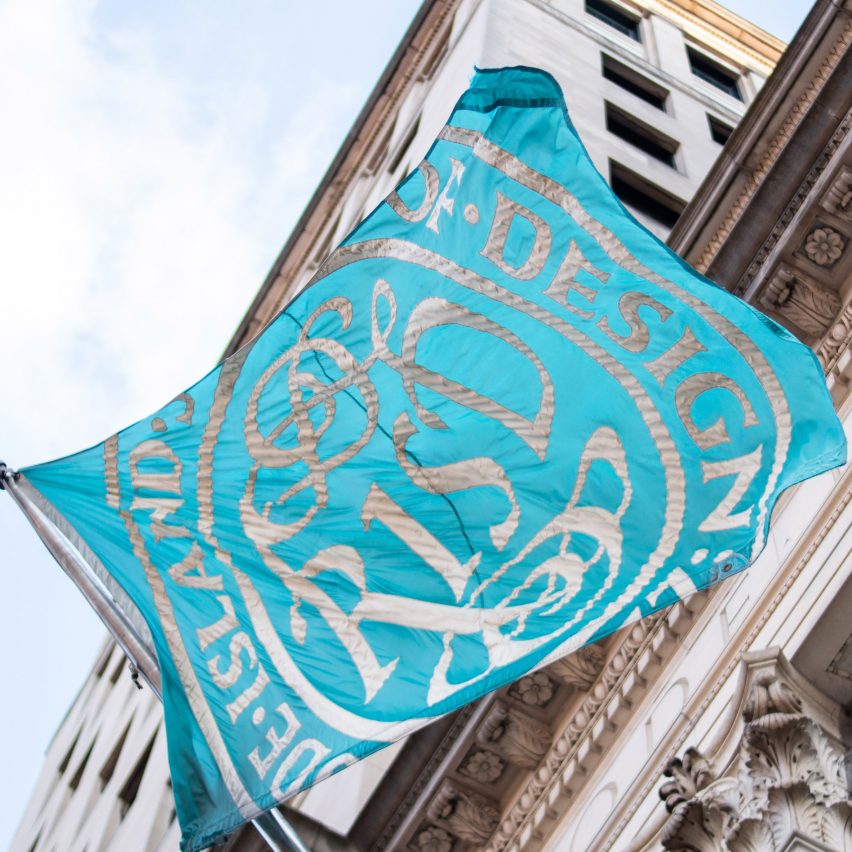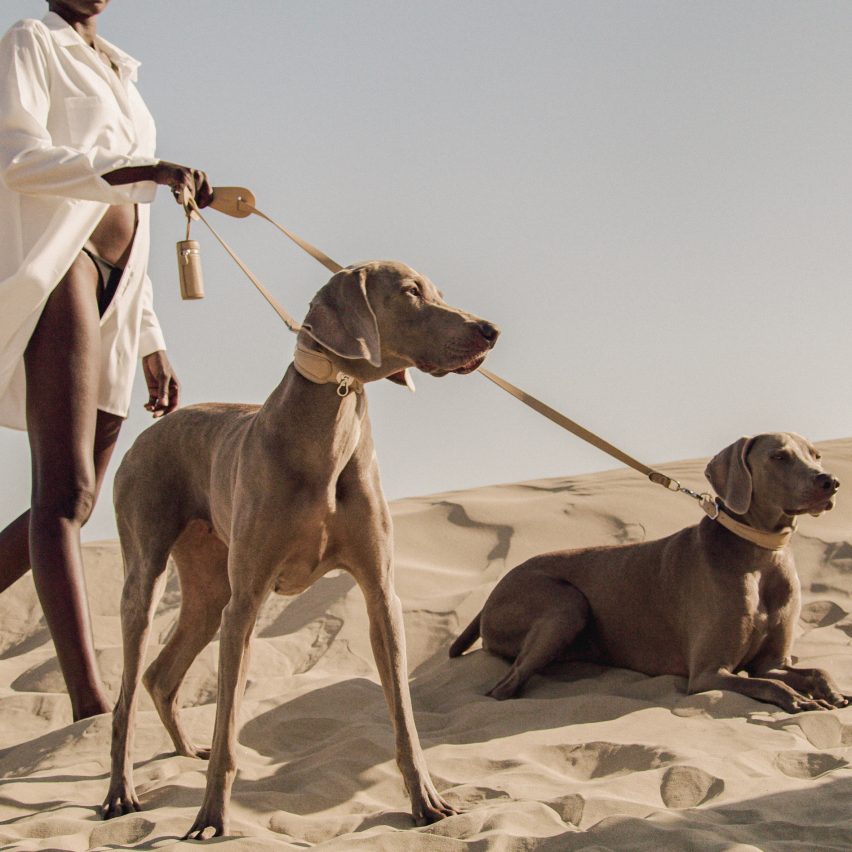
American petwear brand Pagerie has released its debut collection Sahara, featuring a leather dog collar, leash and harness treated in the same tannery as Hermès's coveted Birkin bags.
The business bills itself as the world's first "luxury fashion house for pets", and each piece is made by hand using sandy-hued, full-grain French leather and marine-grade stainless steel normally reserved for making yachts.
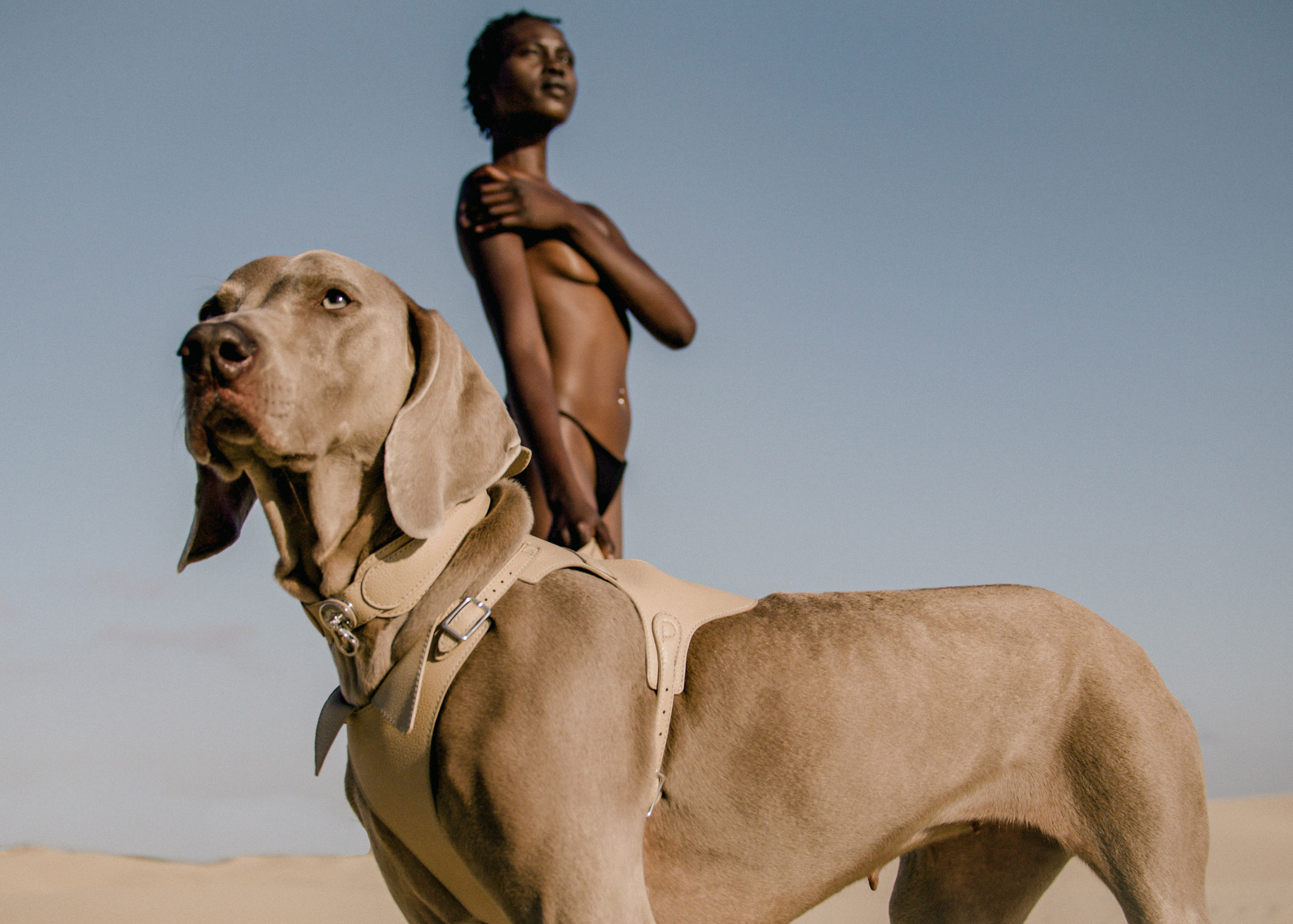
"I just always found it odd when I'd see people dressed immaculately but then their dog is sporting a bright red plastic leash from a chain pet store," founder Mandy Madden Kelley told Dezeen.
"Our pets are a reflection and extension of ourselves and I realised there was such a gap in the market for products that live up to that connection."
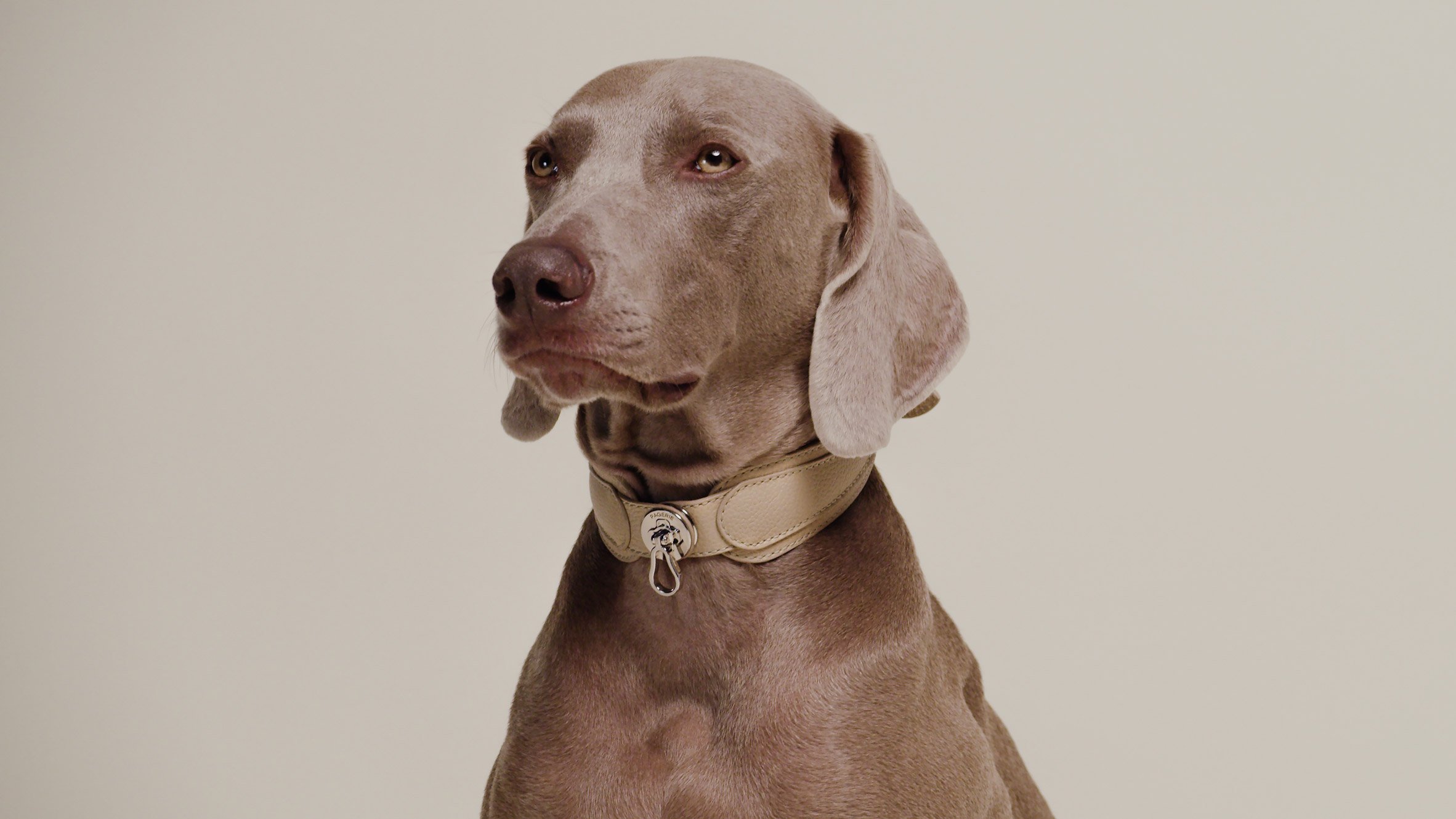
The Sahara collection shuns an overly cutesy or utilitarian look in favour of a minimalist design and form-fitting silhouette reminiscent of equestrian equipment.
"Everything about Pagerie's styles, shapes cuts and patterns is meant to conform to the shapes and contours of our dogs," said Kelley.
"Other pet accessories tend to be too sporty, masculine or they tend to cover the pet's entire body. What I was looking for was something more sensual. I wanted to create designs that highlight the gracefulness and elegance that pets have."
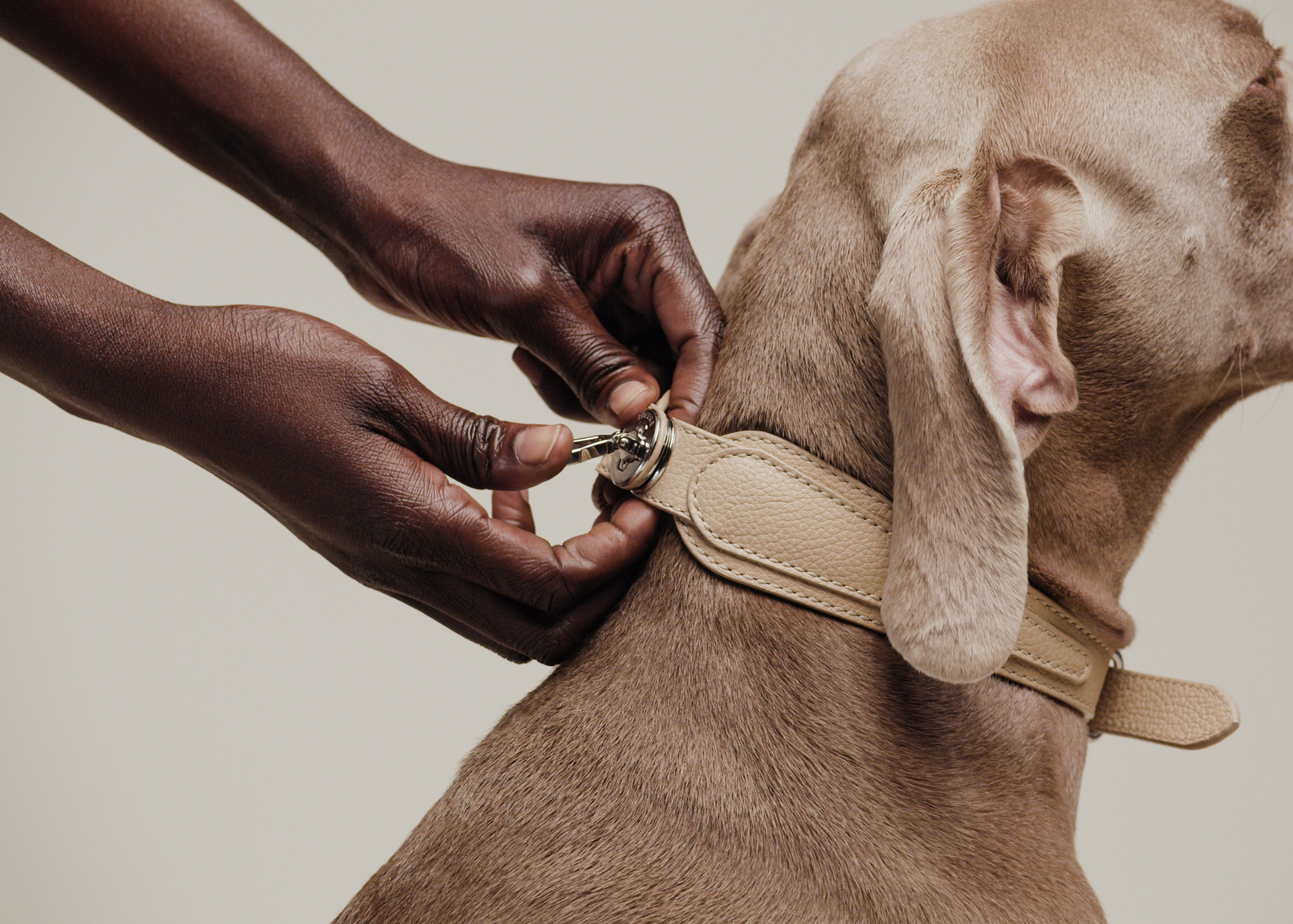
At $380, the Dórro collar is the cheapest item in the collection and comes with a buckle that can be adjusted to its wearer on first use.
From then on, the collar can be fastened and unfastened in a process "as seamless as opening and closing your Birkin", Kelley explained, simply by closing the steel turnlock and securing it by flipping down the hook at the centre.
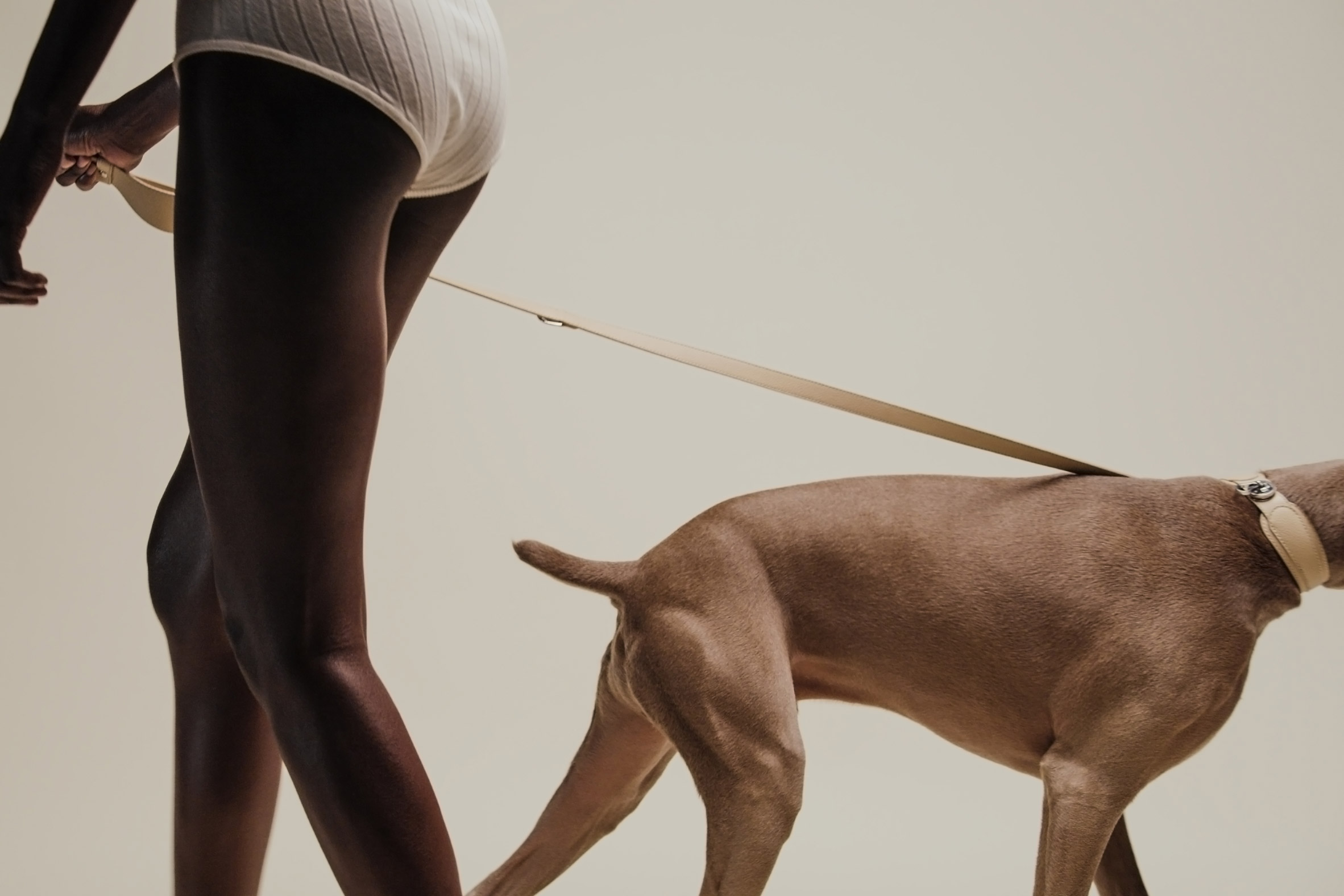
The matching Tascher leash can be set to three different lengths and used for two dogs simultaneously. It also comes with a cylindrical pouch for doggie bags or treats, rendered in the same sand-coloured leather as the other pieces.
As the most expensive piece, the $720 Babbi harness is modelled after a horse's saddle and even comes with a removable, quilted lining similar to the saddle pads worn by horses.
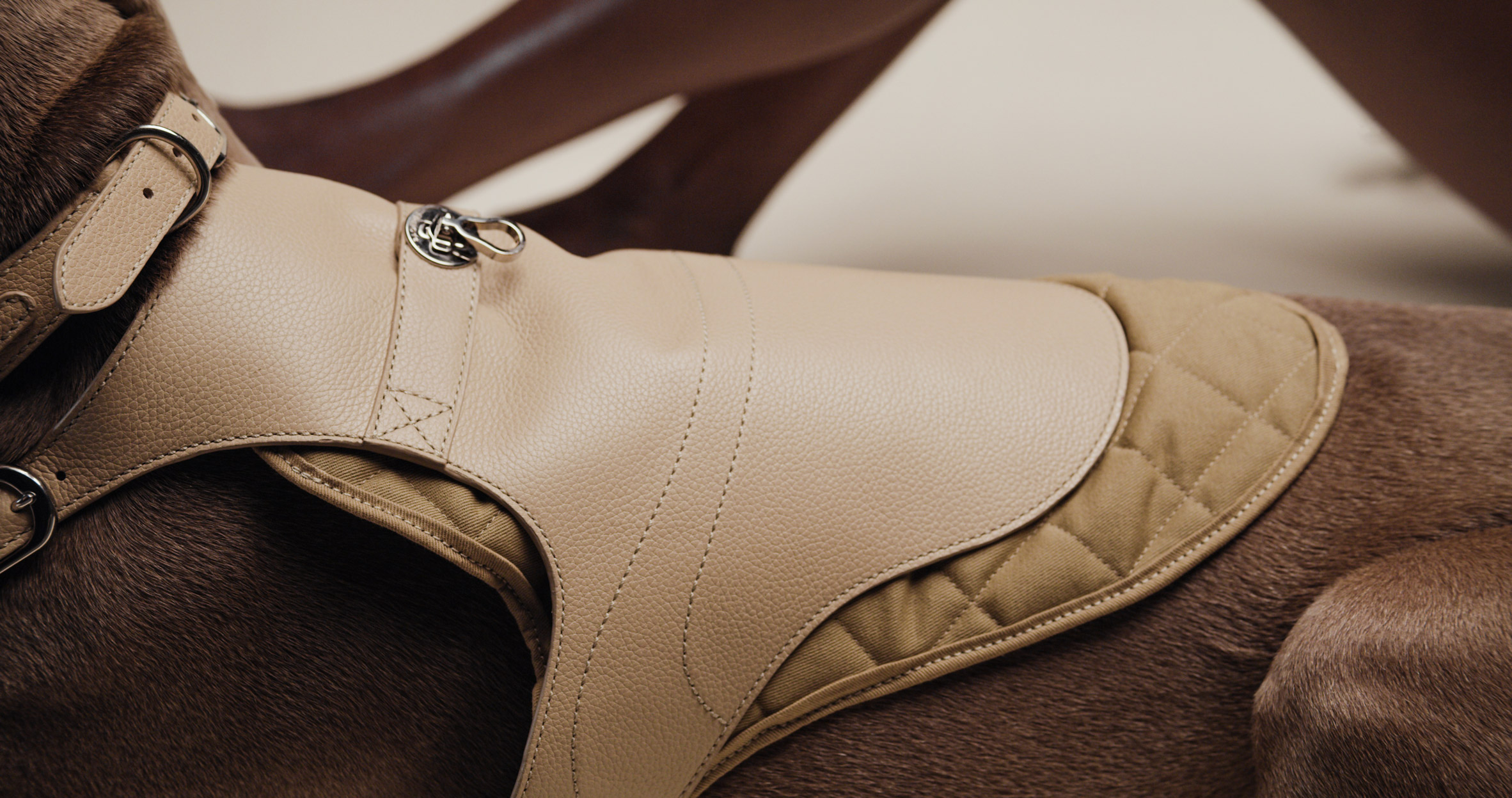
Kelley, a former lawyer and current beauty influencer, argues the collection's price tag is justified because it will encourage slower, more considered consumption.
"I would be shocked walking into someone's homes if they had several different leashes and collars simply because they weren't able to come across something high quality that they love," she said.
"Quality costs more but it can last a lifetime. When my team and I developed the designs for Pagerie, we made them to be timeless, high-quality pieces that would never go out of style or need to be disposed of or replaced."
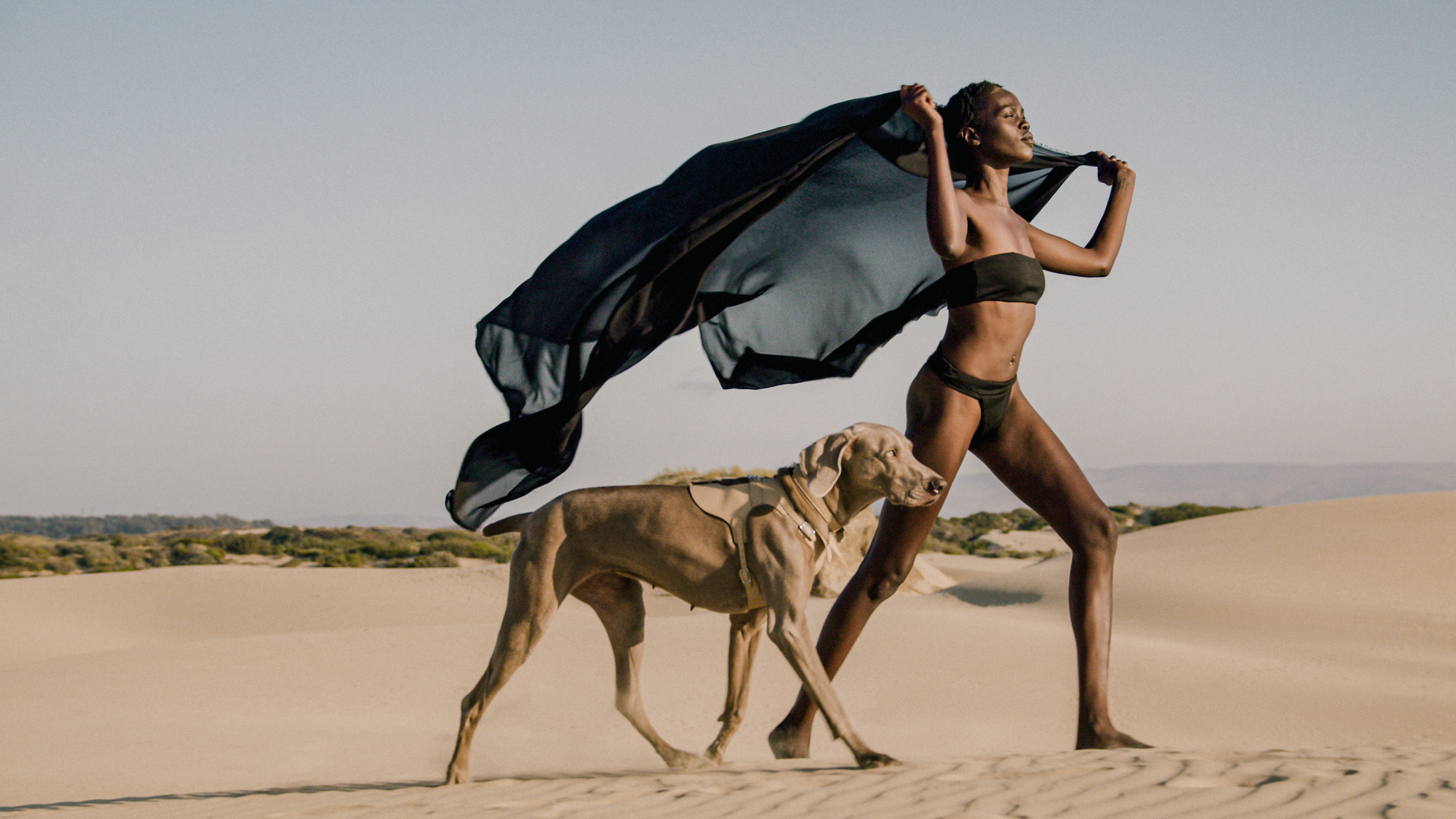
Choupette, the famed cat of late fashion designer Karl Lagerfeld, also made its first foray into pet accessories this year, releasing a woollen, hammock-style cat bed in collaboration with German brand LucyBalu.
Elsewhere, Asif Khan's contribution to the Architecture for Dogs exhibition at London's Japan House saw the British architect add a circular crater to the top of a felt-covered table to allow dogs to snuggle up in it.
The post Pagerie is the "first-ever luxury fashion house for pets" appeared first on Dezeen.
from Dezeen https://ift.tt/3jXmM8Q
